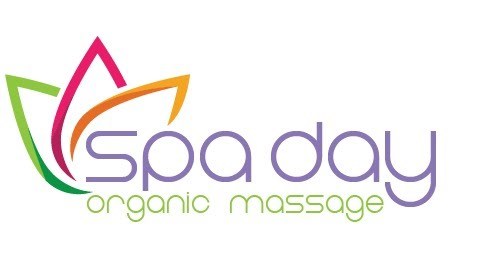
In-Depth Comparison: Swedish Massage Vs. Deep Tissue
May 24, 2024
Massage Showdown: Swedish Massage Vs. Deep Tissue – Which Wins?
May 24, 2024In the realm of therapeutic bodywork, two modalities reign supreme for their popularity and effectiveness: Swedish Massage and Deep Tissue Massage. Though these two techniques share some similarities, they diverge significantly in their purpose, application, and impact on the body.
Swedish Massage, celebrated for its relaxation and circulatory benefits, uses a series of long, gliding strokes and gentle kneading to coax the body into a state of tranquility.
On the other hand, Deep Tissue Massage, as its name suggests, targets the deeper layers of muscle and connective tissue to address chronic pain and tension.
As we further explore these two practices, we will uncover the subtle nuances that distinguish them, offering valuable insights into which modality might best serve individual wellness needs and preferences.
To comprehend the intricacies of Swedish massage, one must first recognize it as a traditional form of massage therapy that employs a systematic application of pressure and movement on the superficial layers of muscle tissue. This application is based on Western concepts of anatomy and physiology and is designed to increase blood flow, relax muscles, and enhance overall wellbeing.
Swedish massage comprises five basic strokes: effleurage (gliding), petrissage (kneading), tapotement (rhythmic tapping), friction (cross fiber), and vibration/shaking. These techniques, employed in unison, work to ease tension in muscles and joints, promoting relaxation and stress relief.
The therapist employs oils or lotions to reduce friction on the skin and uses a variety of pressures, from light touch to deeper kneading, depending on the client’s needs and preferences. The focus is on improving circulation, eliminating toxins, and promoting relaxation.
Swedish massage is often recommended for beginners due to its gentle nature and focus on relaxation rather than deep muscle work. It is a holistic approach to wellness that is an integral part of a balanced self-care regimen, fostering a sense of belonging and connection with one’s body.
While Swedish massage focuses primarily on relaxation and surface muscle tension, deep tissue massage delves into the body’s deeper muscle layers to address chronic pain and tension. Unlike its Swedish counterpart, deep tissue massage is not primarily about relaxation. Instead, it is a therapeutic technique designed to alleviate pain, recover from injuries, and improve mobility.
- Technique: Deep tissue massage therapists apply slow, deliberate pressure using their fingers, hands, and even elbows to reach the deep layers of muscle and fascia—the connective tissue surrounding muscles. This intense pressure helps to break up scar tissue and physically break down muscle ‘knots’ or adhesions that can disrupt circulation, cause pain, and limit range of motion.
- Benefits: Deep tissue massage can help with postural problems, chronic aches, and pains in areas like the neck, upper back, lower back, leg muscle tightness, and sore shoulders. It can also aid recovery from sports-related injuries.
- Considerations: While this form of massage can be profoundly beneficial, it can also cause temporary discomfort. It’s important to communicate with your therapist about your pain threshold to ensure a positive and beneficial experience.
Swedish and deep tissue massages are both highly beneficial therapeutic techniques, each addressing specific health concerns and targeting various muscle groups.
The key distinction lies in their application and intensity, with Swedish massage focusing on relaxation and surface tension, while deep tissue massage aims to alleviate chronic pain and tension in the deeper muscle layers.
Ultimately, the choice between the two depends on the individual’s specific needs and physical condition.
Read more:
Massage Showdown: Swedish Massage Vs. Deep Tissue – Which Wins?





